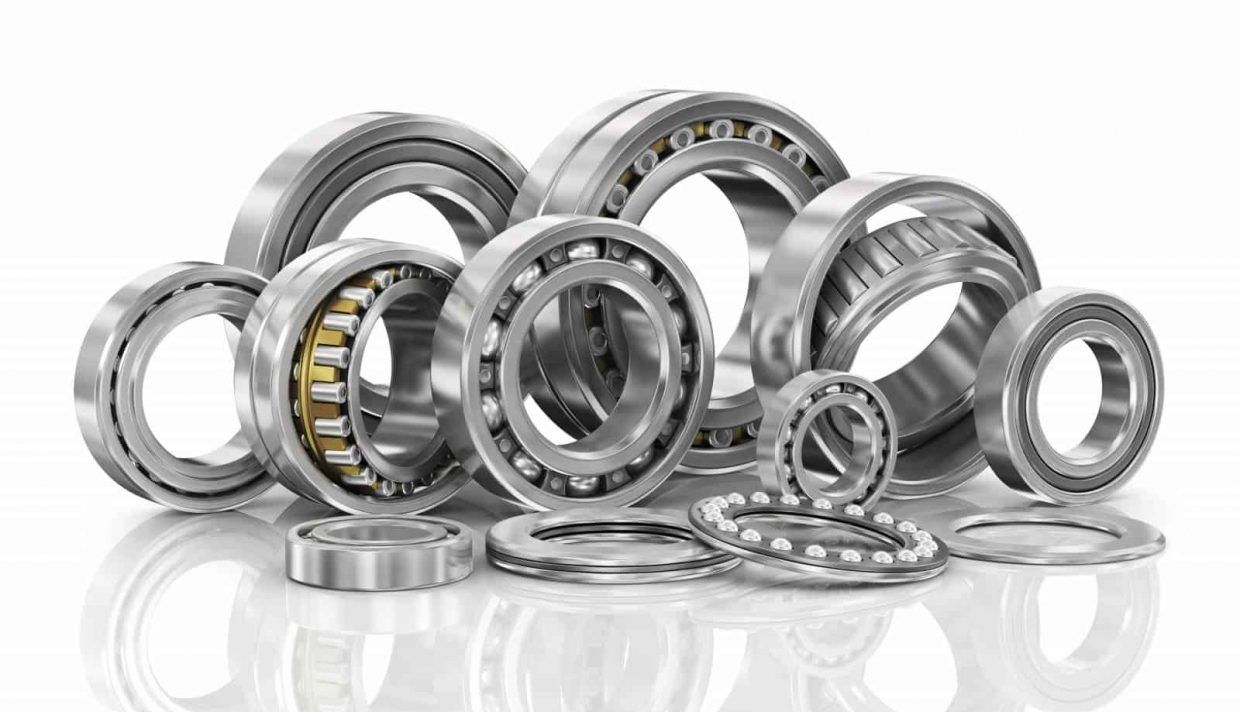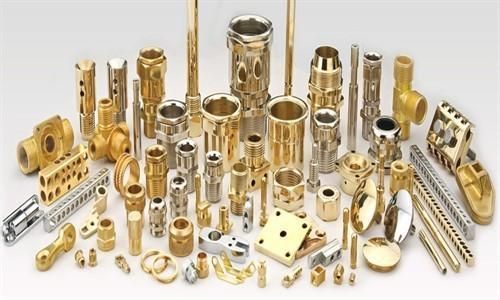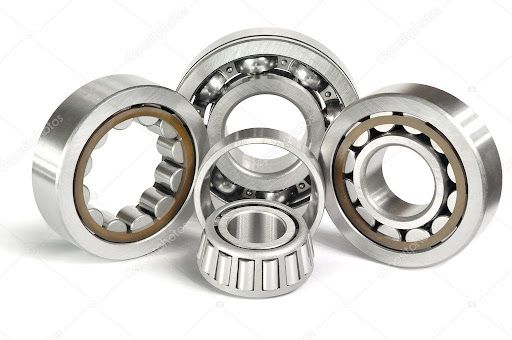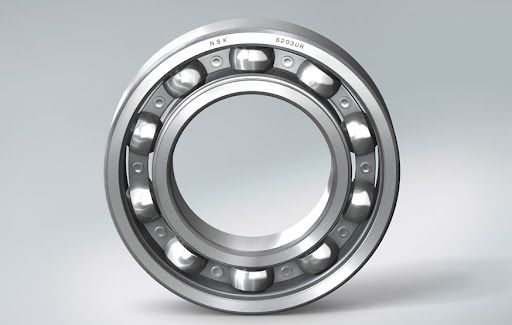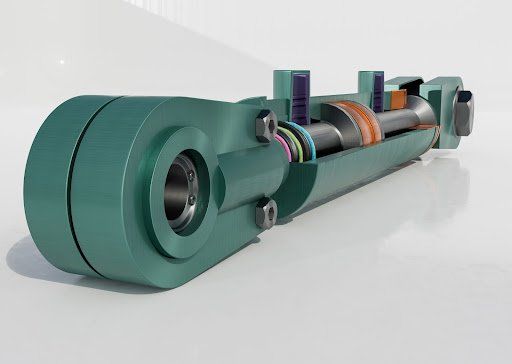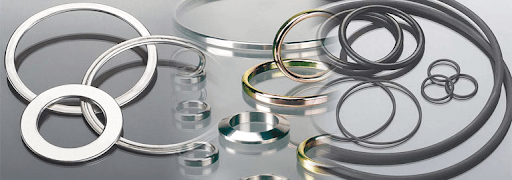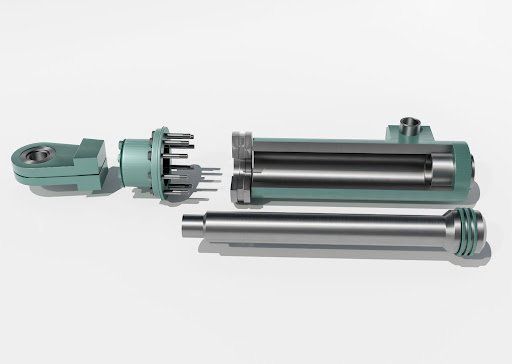Tips For Selecting A Linear Bearing To Increase The Performance Of Motion System - Bearing Centre
Tips For Selecting A Linear Bearing To Increase The Performance Of Motion SystemThis is a subtitle for your new post
There are many things to think about depending on what the bearing will be used for. For a conveyor system, you would look for precision and speed. Still, you would look for accuracy and firmness.
Here are seven tips for choosing linear bearings and rails in South Africa that will help you ensure that your linear motion system will work well and make your customers happy.
Seven Tips For Choosing Linear Bearings & Rails in South Africa
1. Choose Your Priorities And Criteria
- All engineering has trade-offs. Before choosing your linear bearing:
- Ensure you know what the system needs, such as how accurate it is, how big it is, how smooth it moves, how long it lasts, and how much it costs.
- Create an error budget for the system and figure out how much the bearing can contribute.
- Put all metrics at the top of the list so you can make intelligent decisions.
2. Understand Error Sources
A basic linear bearing system comprises a carriage on one or more rails and moves along them. Rolling parts are often used in precision motion systems to reduce friction like balls or rollers. It can have two primary sources of error:
3. Running Parallelism
Bearings are not perfectly straight because of machining and assembly tolerances and mistakes when mounting them.
4. Deflection
If there is too much space in the bearing, the load can move from where it should be. To improve running parallelism, ensure the mounting surfaces are machined to tolerances and alignment features. This can add a little to the cost, but it's usually worth it. To reduce deflection and increase the preload, the running friction will increase, making it more difficult to move smoothly and shortening the part's life.
5. Do Not Overlook The Effects Of Orientation
Choosing a linear bearing starts with the layout, including how many axes of motion and how much space the bearing bearings have. The load and performance requirements are considered with tails and approaches used arsen. Orientation can have an on how b. A Cartesian system will be subjected to very different forces on the wall.
6. Include All Loads
The bearing must be sized appropriately to meet its lifetime requirements. If a load is not moving, it can be called static. Determine the magnitude and direction of the forces on each axis and the whole assembly. Do not forget to consider both the load you will put on the machine and any power that the device itself might have. Dynamic loads are made up of the static load of the mass and the emotional load that happens when you move.
7. Use Caged Bearings
Ball-type linear bearings can be made with a ball cage or a separate piece. Ball cages are made to closely fit the surface of the balls, which helps them move in a more orderly way for better high-speed performance. They keep metal from touching metal, which reduces wear and noise.
The first step in choosing linear bearings and rails in South Africa for your project is figuring out the application's needs. Analyse that information based on the trade-offs discussed above to determine two or three of the most promising configurations for more study.

